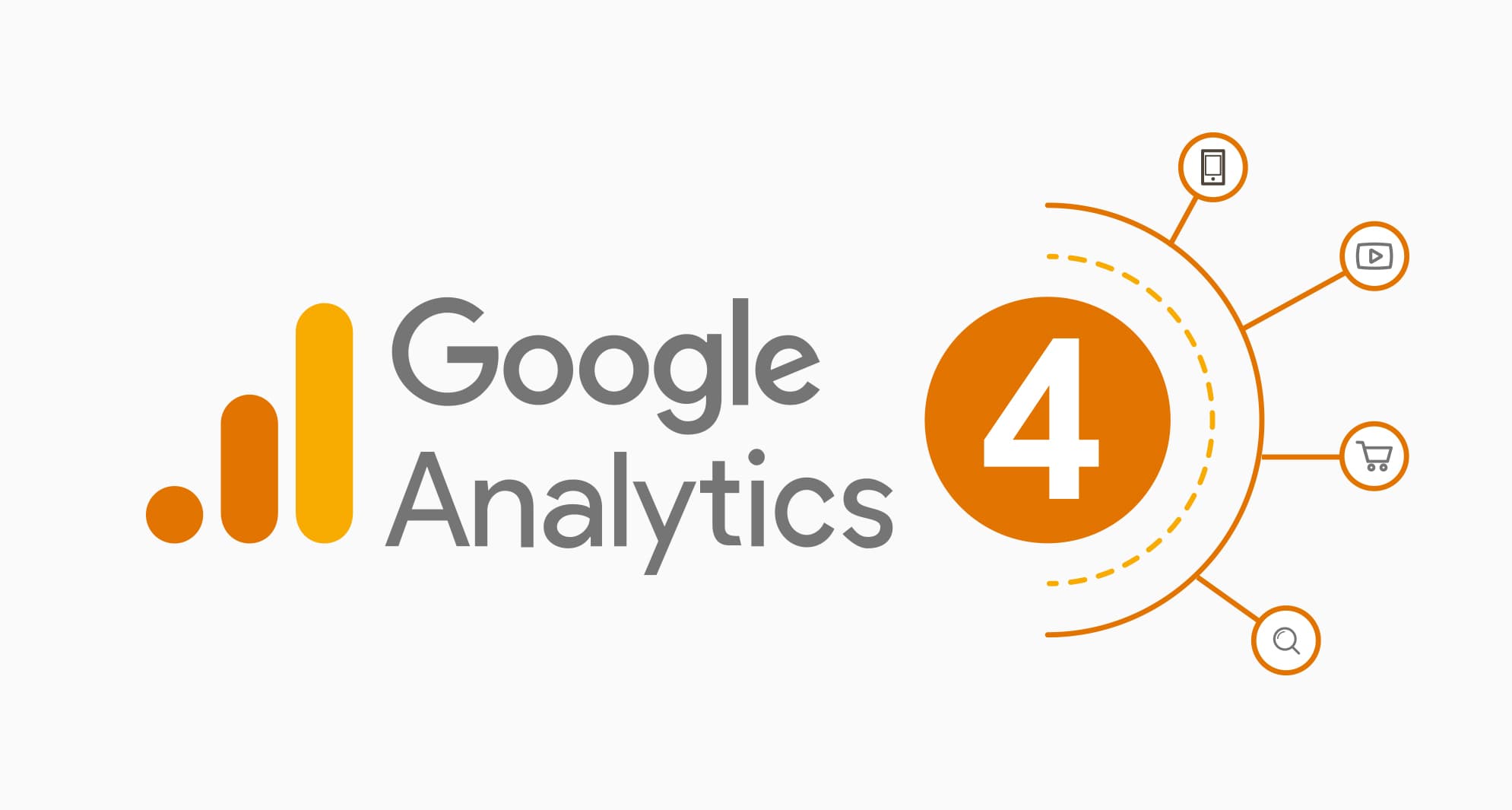Trick Factors To Consider for Online Marketers: When Does the Google Analytics Tracking Code Send an Event Hit to Analytics?
Enhance Your SEO Strategy With Effective Google Analytics Monitoring Code
Integrating Google Analytics tracking code right into your Search engine optimization strategy is a critical action towards achieving quantifiable results. What certain strategies can you adopt to optimize the influence of this data on your SEO efforts?

Understanding Google Analytics Essentials
To successfully leverage Google Analytics for Search Engine Optimization, it is necessary to understand its foundational ideas. Google Analytics works as an effective tool for monitoring and examining website web traffic, offering understandings that are vital for maximizing online search engine performance. At its core, the system enables individuals to monitor customer behavior, web traffic resources, and essential efficiency indicators (KPIs) such as bounce prices and session durations.
Experience with the customer interface is important. Trick sections include the Target market, Acquisition, and Habits tabs, each offering important information. The Audience section gives demographic insights, aiding to tailor material to target customers efficiently. The Procurement tab exposes just how site visitors reach the site, whether via natural search, paid ads, or social networks, leading strategic modifications in advertising initiatives.
Understanding metrics such as organic traffic volumes and conversion rates is important for reviewing search engine optimization performance. Ultimately, mastering these basics enables digital marketing professionals to harness the complete possibility of Google Analytics, driving educated choices that boost total search engine optimization methods. By developing a strong structure, businesses can effectively analyze their efficiency and identify opportunities for improvement in their on the internet visibility.
Establishing Tracking Code
Appropriately establishing the monitoring code is crucial for exact information collection in Google Analytics. The initial step entails creating a Google Analytics account and property, where you will receive a special tracking ID. This ID is vital for connecting your website's information to your Google Analytics account.
As soon as you have your monitoring ID, integrate the monitoring code bit right into your site's HTML. This is generally positioned in the header section of each web page to ensure it loads early in the page rendering process. If you're using a Web content Administration System (CMS) like WordPress, lots of plugins streamline this process, allowing you to include the monitoring code without straight HTML editing and enhancing.
After implementing the tracking code, it is important to test its performance. If the tracking code is appropriately mounted and functioning, you can utilize the Google Tag Assistant tool to confirm. Furthermore, monitor the real-time coverage attribute in Google Analytics to verify that data is being collected appropriately.
Ensuring that the tracking code is appropriately established up lays the foundation for reliable information evaluation, allowing you to make informed decisions to improve your search engine optimization method and total site performance.
Key Metrics to Screen
Recognizing essential metrics to keep track of is crucial for understanding the performance of your search engine optimization strategy via Google Analytics. By concentrating on details data factors, you can gauge the effect of your optimization initiatives and make informed choices to boost efficiency.
One of the primary metrics to track is natural website traffic, which shows the number of visitors showing up at your website through online search engine. This metric reflects the total wellness of your SEO strategy. Next, monitor the bounce rate, which reveals the percentage of site visitors that leave your wikipedia reference site after watching just one page. A high bounce rate may signal that your material is not satisfying individual assumptions or that your touchdown pages require improvement.
Keyword phrase positions are additionally critical; monitoring changes in keyword settings aids assess the efficiency of your targeted Search engine optimization initiatives. By closely adhering to these vital metrics, you can gain useful understandings right into your SEO technique's performance and recognize locations for enhancement.
Analyzing User Habits
Comprehending customer actions is essential for fine-tuning your Search engine optimization approach useful reference and taking full advantage of site efficiency. Google Analytics supplies a wide range of information on customer engagement metrics, such as bounce rates, time on site, and page views per session.
Additionally, tracking user flow can expose common navigation paths, highlighting potential bottlenecks or areas for renovation. Understanding the demographics, interests, and geographic locations of your site visitors permits even more customized web content that speaks with their demands. Making use of division functions in Google Analytics additionally improves your capability to evaluate user behavior by allowing you to contrast various target market groups.
Furthermore, keeping an eye on conversion rates and individual actions can provide insights right into the performance of your telephone calls to activity and overall site design. This holistic view of customer habits is necessary for making notified decisions More about the author that boost customer experience and drive greater interaction, ultimately adding to enhanced SEO efficiency.
Leveraging Insights for Search Engine Optimization
Regularly leveraging insights obtained from individual behavior evaluation can substantially enhance your search engine optimization efforts. By utilizing Google Analytics, you can recognize essential metrics such as bounce prices, session duration, and customer circulation, which reveal just how visitors connect with your material. These understandings enable you to determine areas requiring enhancement, such as high exit web pages or underperforming keyword phrases.

Furthermore, tracking organic traffic sources provides quality on which networks are most reliable, enabling you to designate resources tactically (when does the google analytics tracking code send an event hit to analytics?). By evaluating conversion rates alongside website traffic information, you can recognize which pages drive actual business outcomes, fine-tuning your SEO strategy further
Integrating these insights into your web content method not only boosts presence yet likewise fosters an extra user-centric method. Ultimately, a data-driven search engine optimization method informed by analytics not just increases rankings yet also straightens your goals with user assumptions, resulting in continual growth and engagement.
Verdict
Effective application of Google Analytics tracking code significantly improves a search engine optimization technique by giving important understandings into customer behavior and website traffic sources. Keeping an eye on crucial metrics such as organic web traffic, bounce prices, and conversion rates assists in the recognition of improvement areas. In addition, analyzing individual demographics and interaction metrics enables a more targeted content technique. Inevitably, leveraging these insights contributes to fine-tuning search engine optimization initiatives, driving even more relevant traffic, and enhancing general internet site efficiency.
Including Google Analytics tracking code right into your Search engine optimization approach is a crucial action towards accomplishing measurable results. At its core, the platform enables users to monitor customer actions, website traffic resources, and essential performance indicators (KPIs) such as bounce prices and session periods.
Comprehending individual habits is essential for refining your Search engine optimization approach and making best use of website performance.Regularly leveraging insights obtained from individual behavior evaluation can dramatically improve your SEO initiatives.Efficient application of Google Analytics tracking code significantly boosts a SEO strategy by giving vital insights right into customer behavior and website traffic resources.